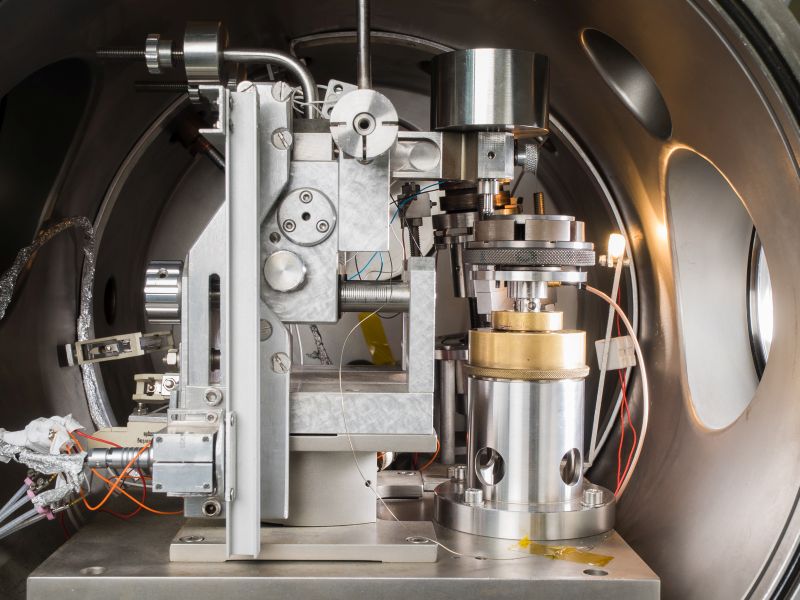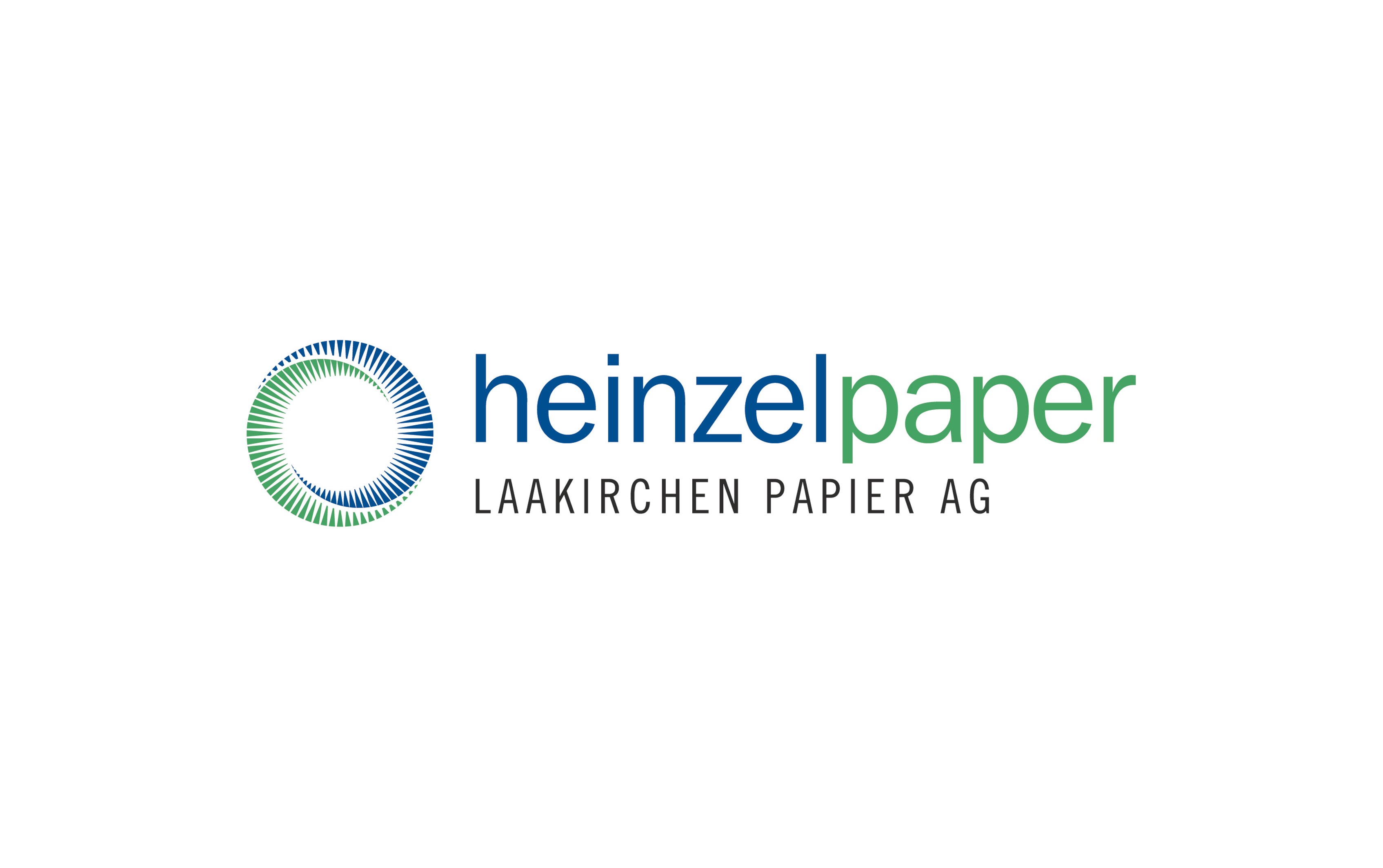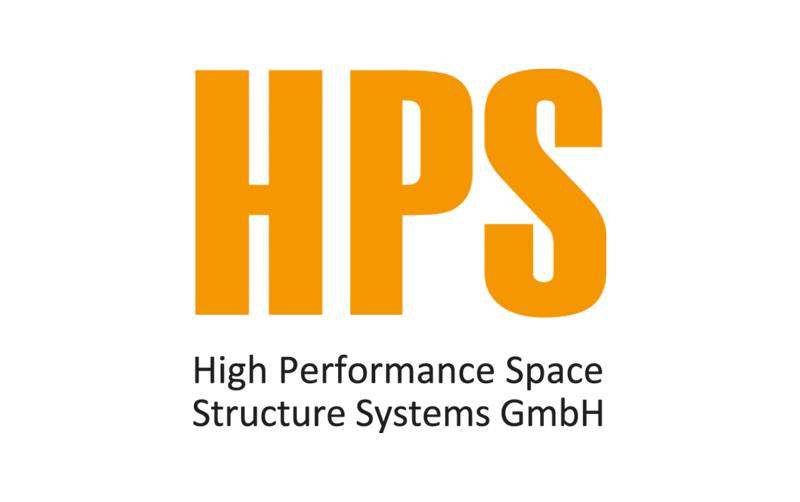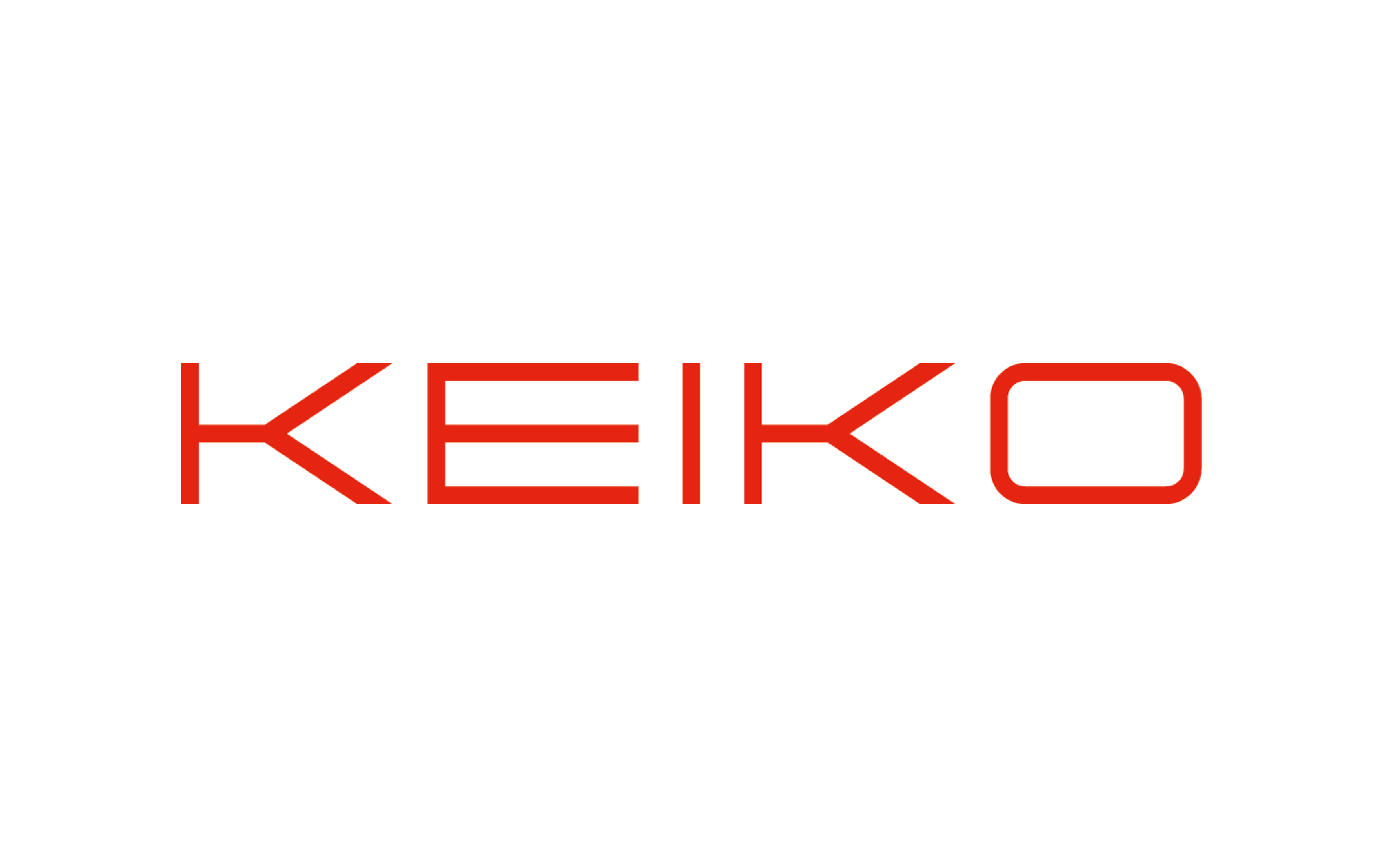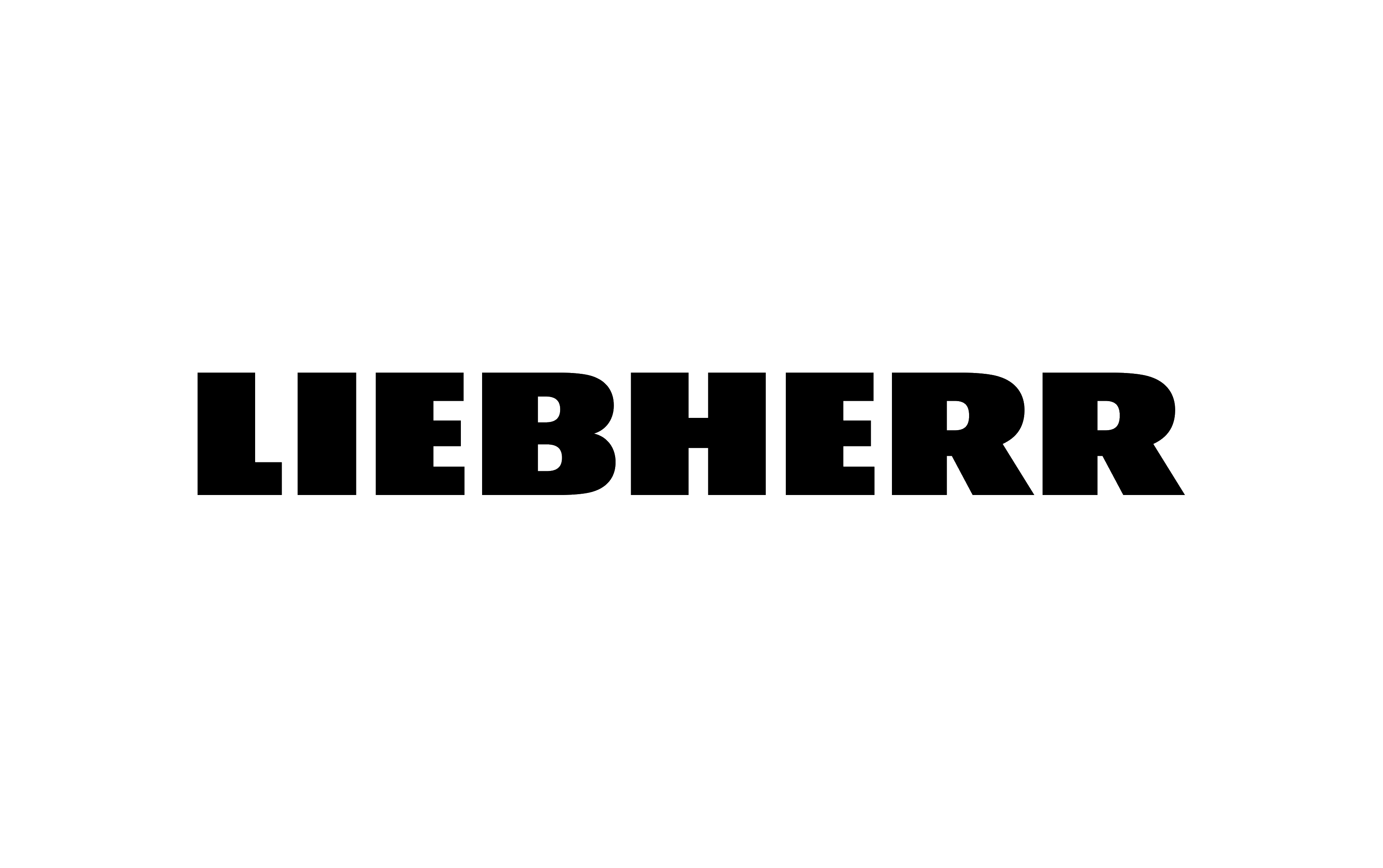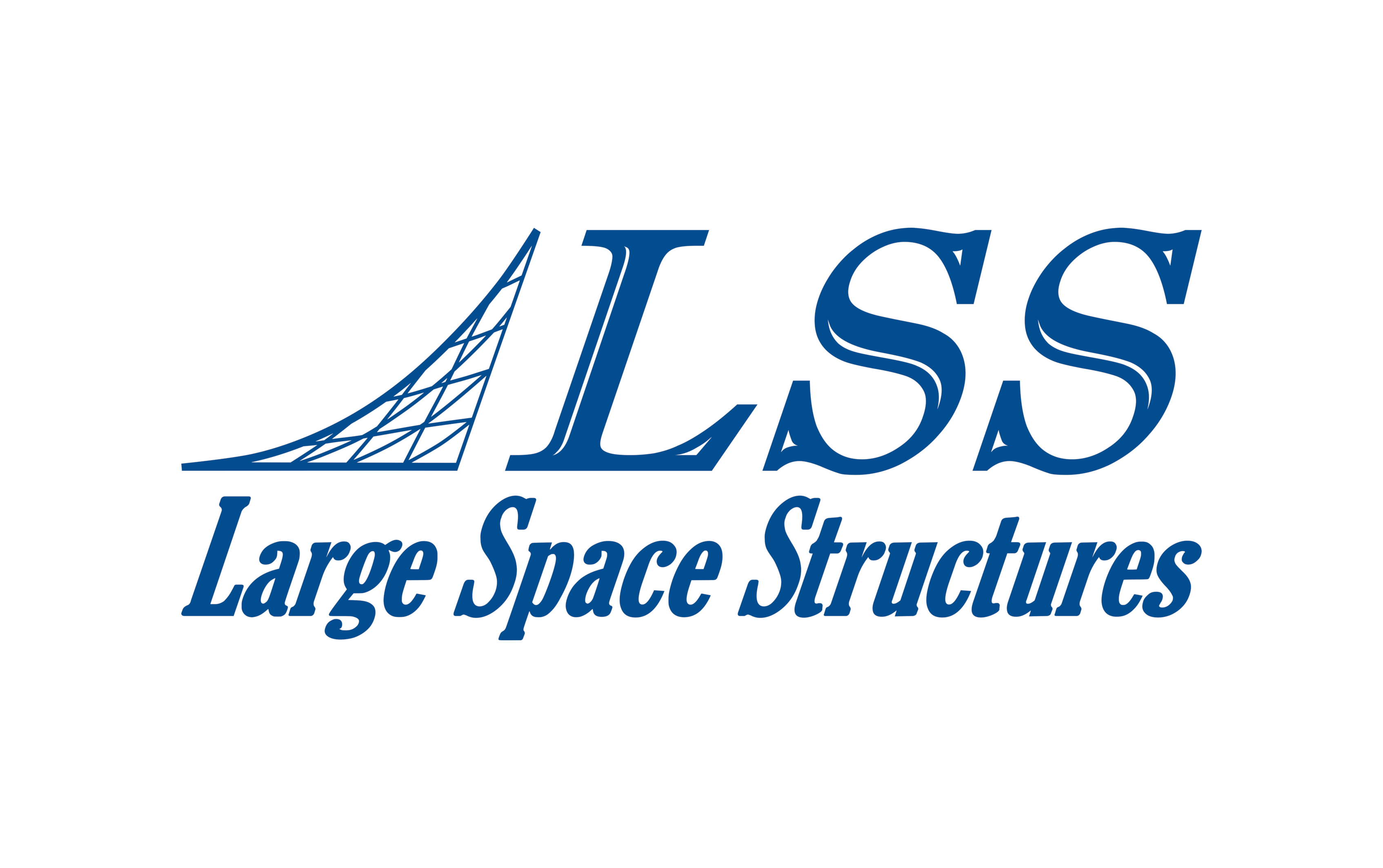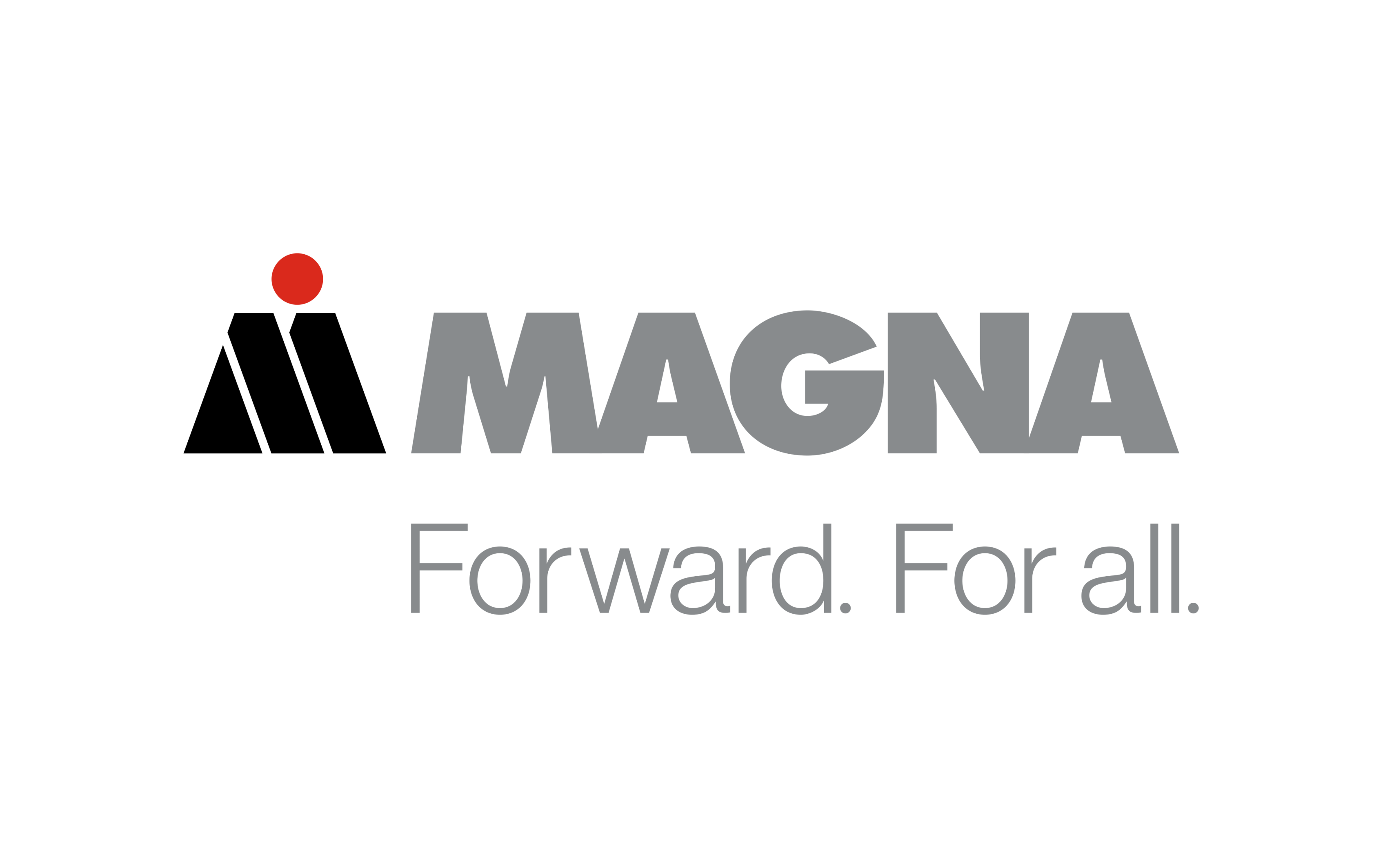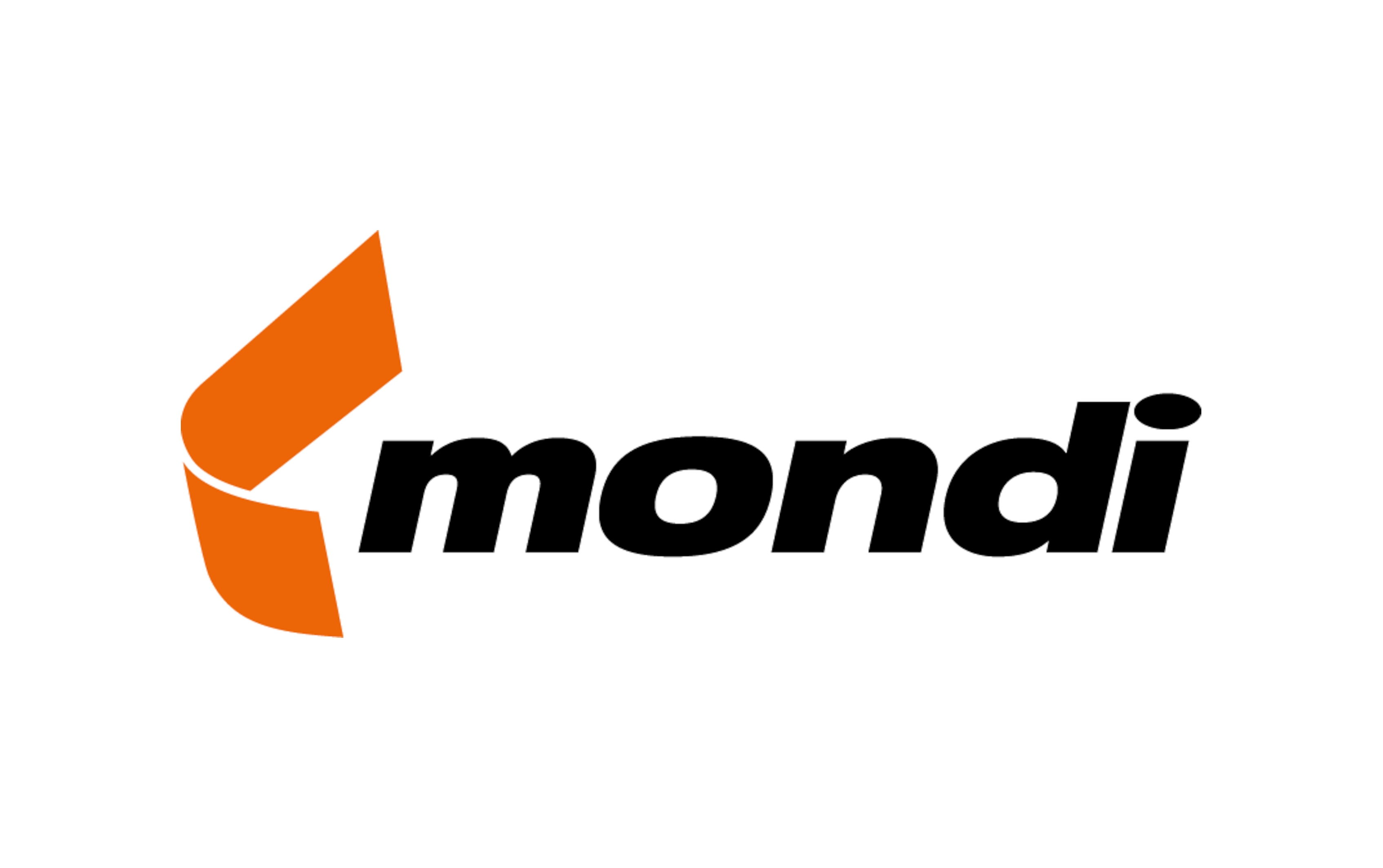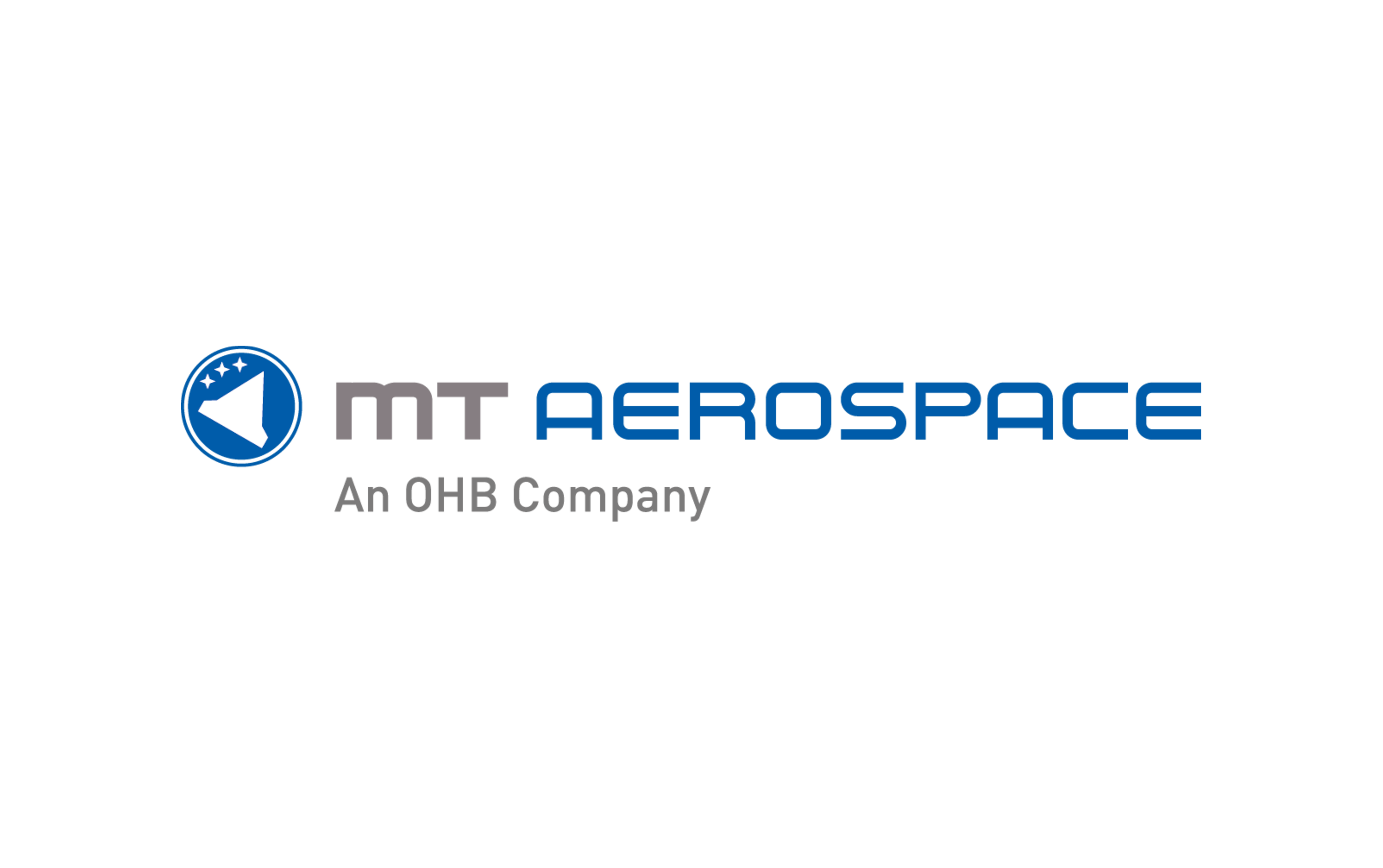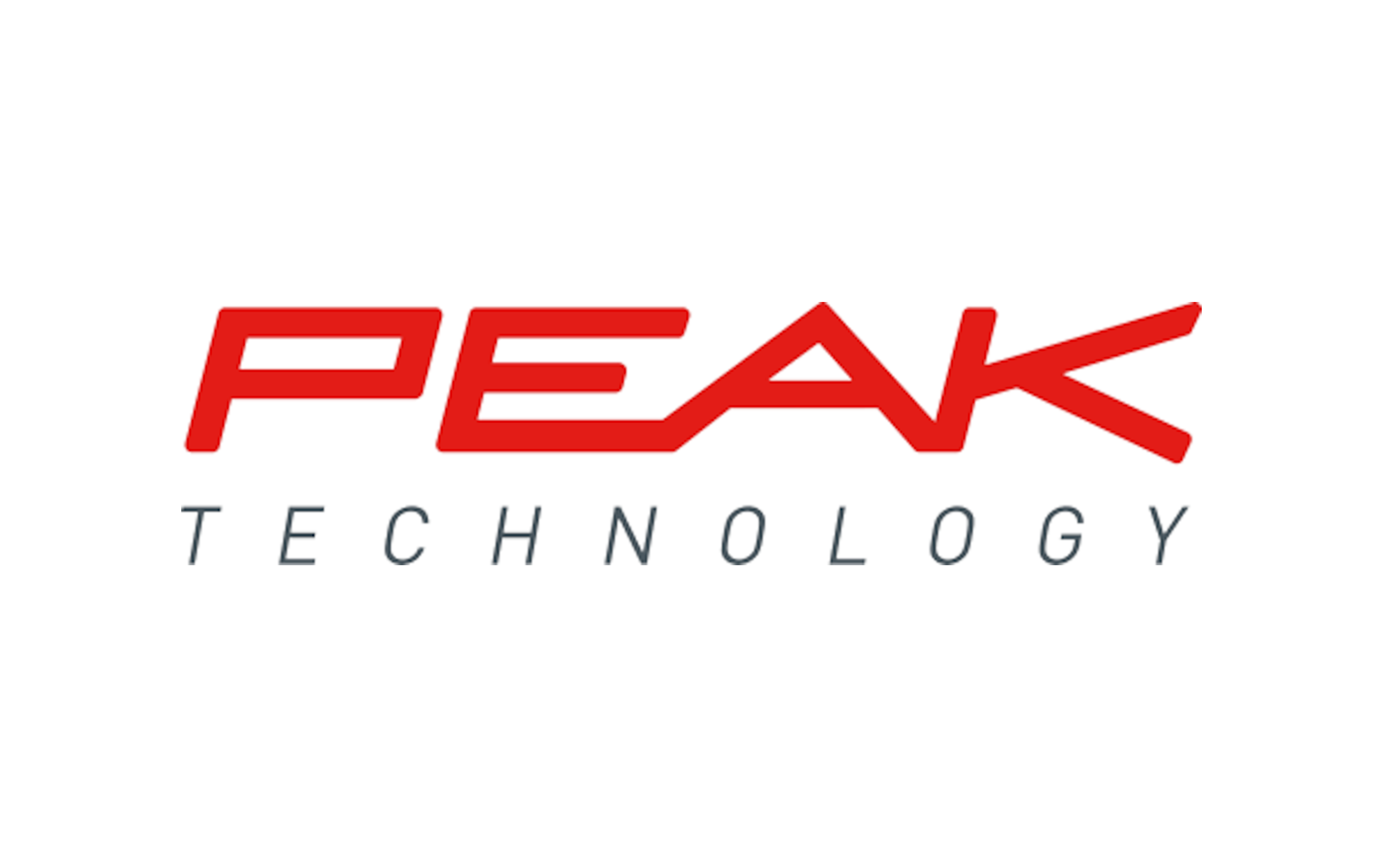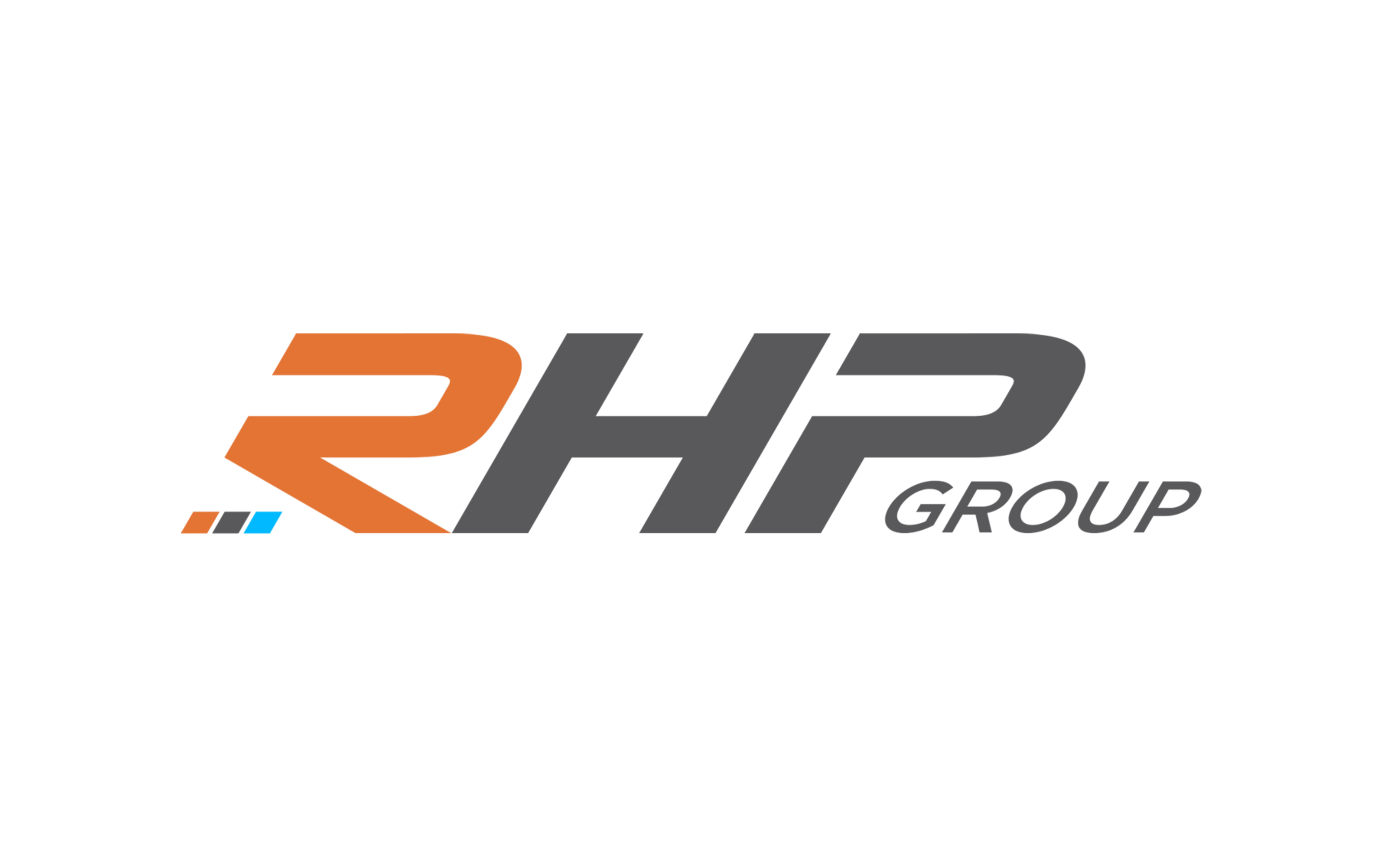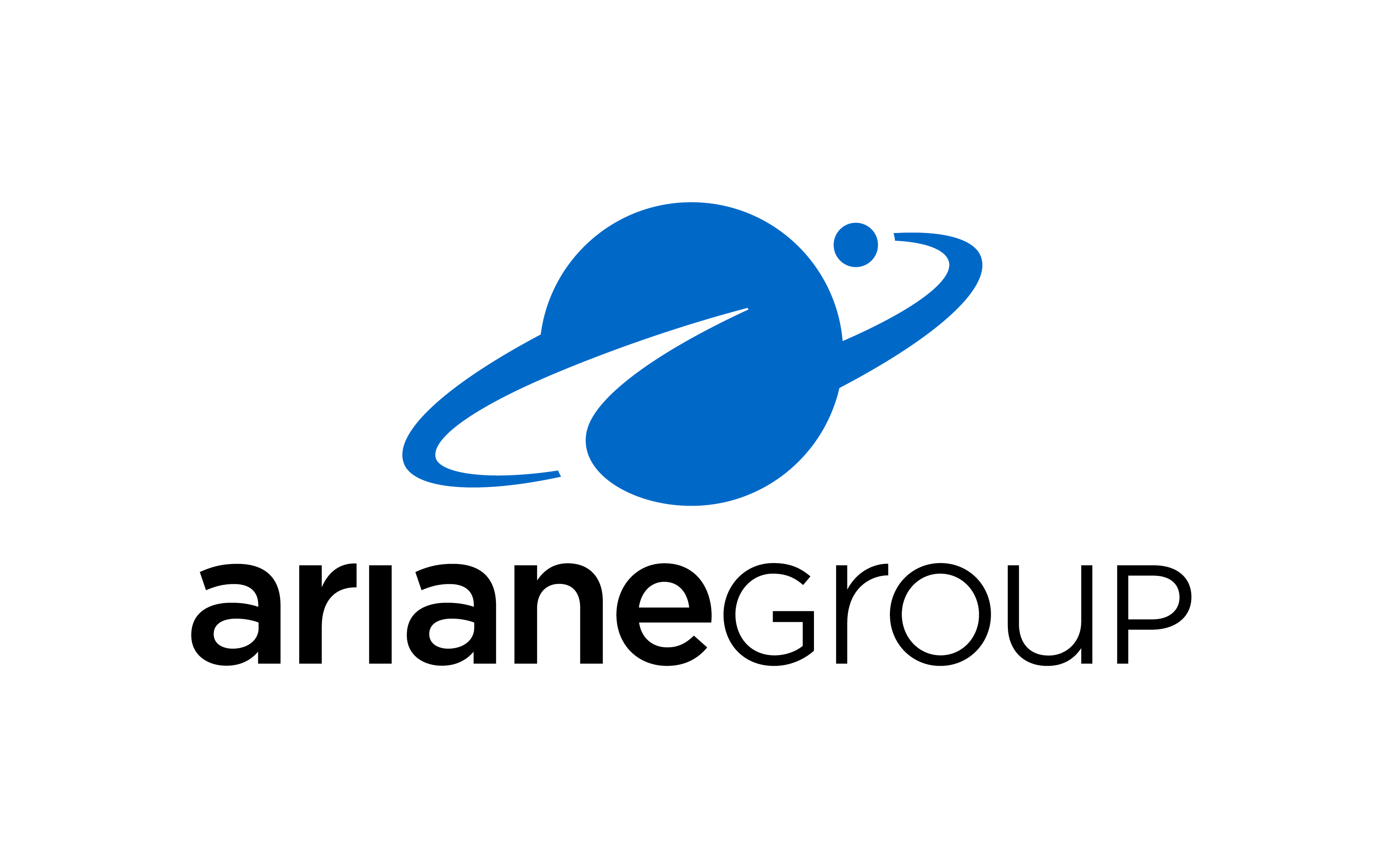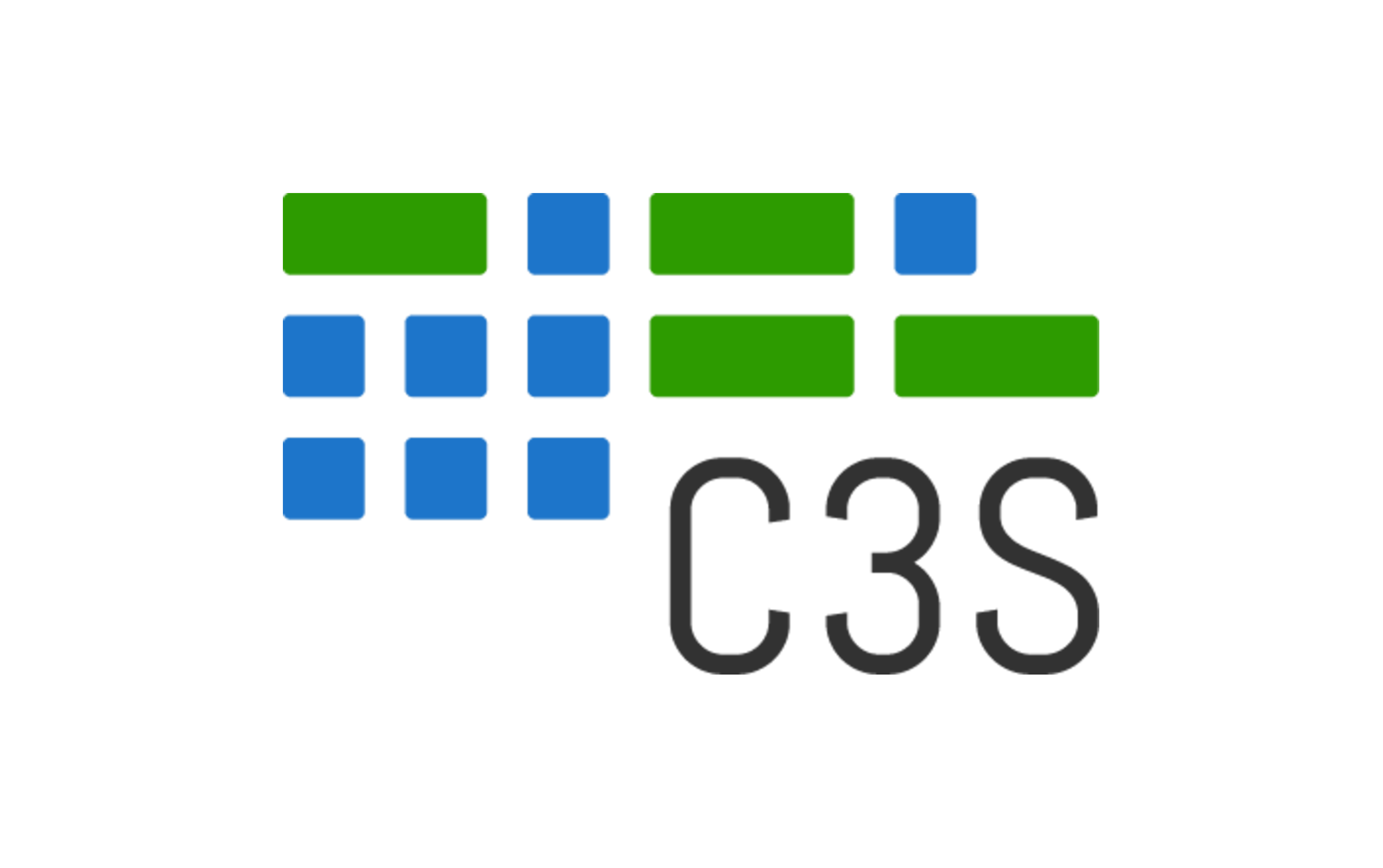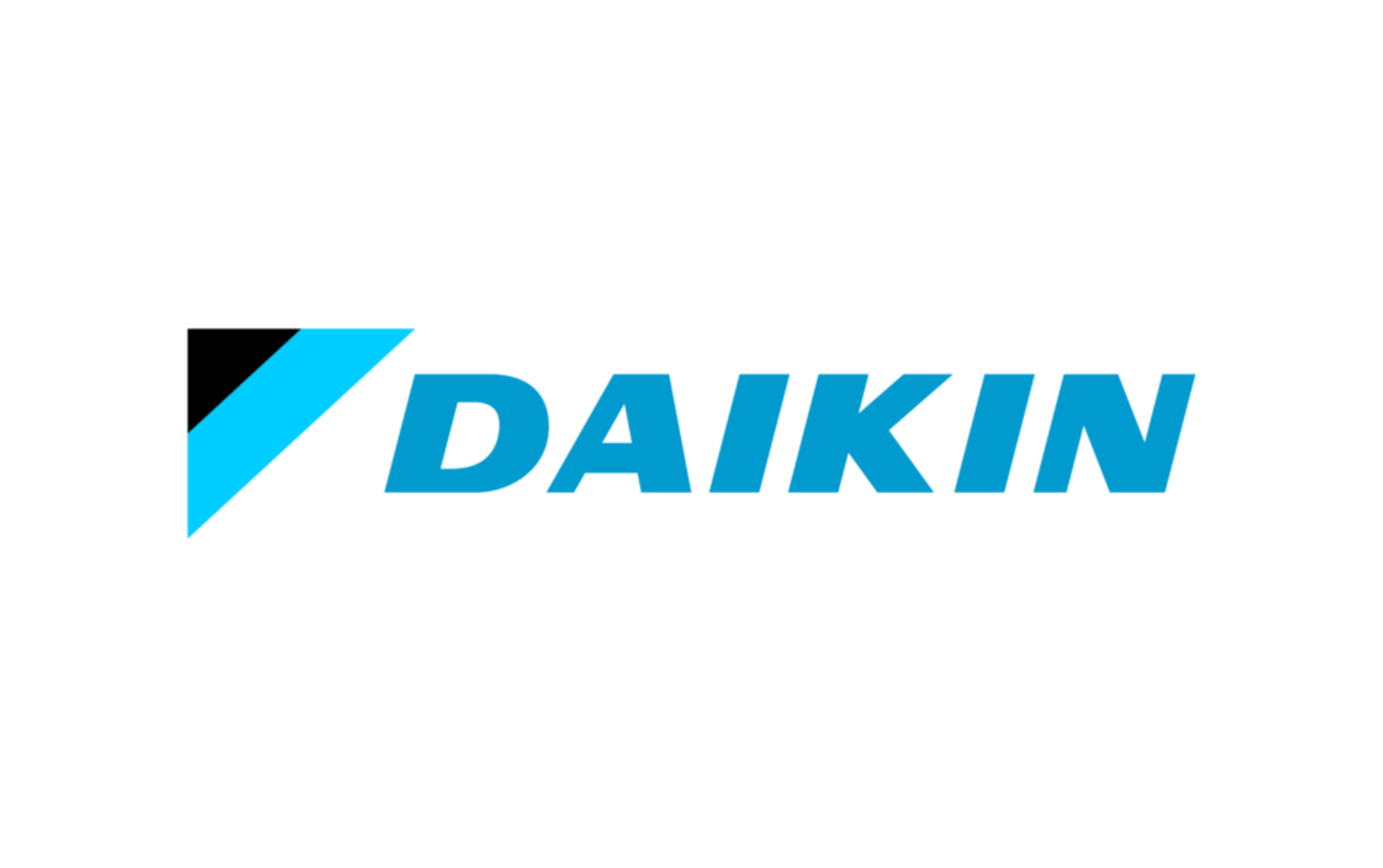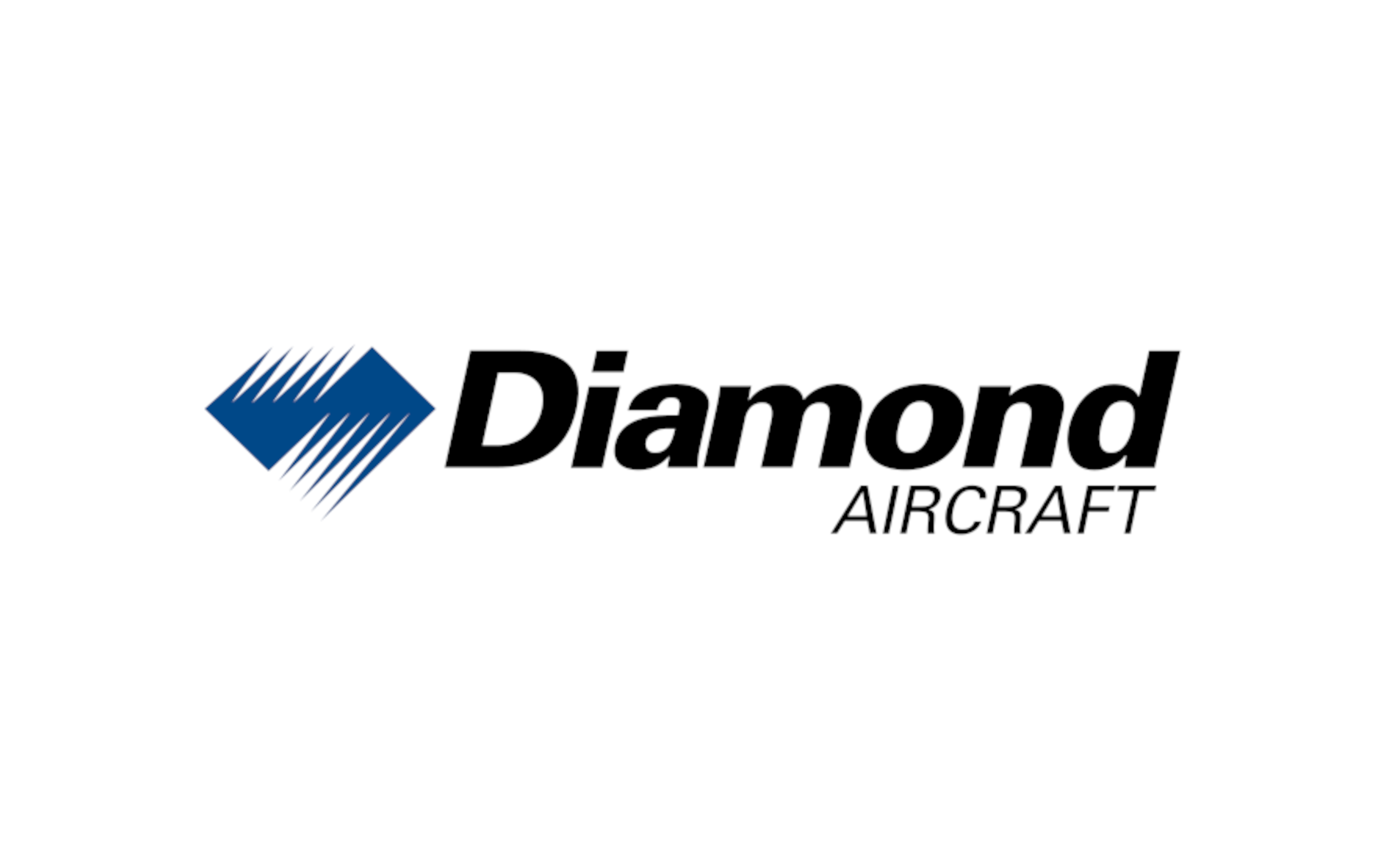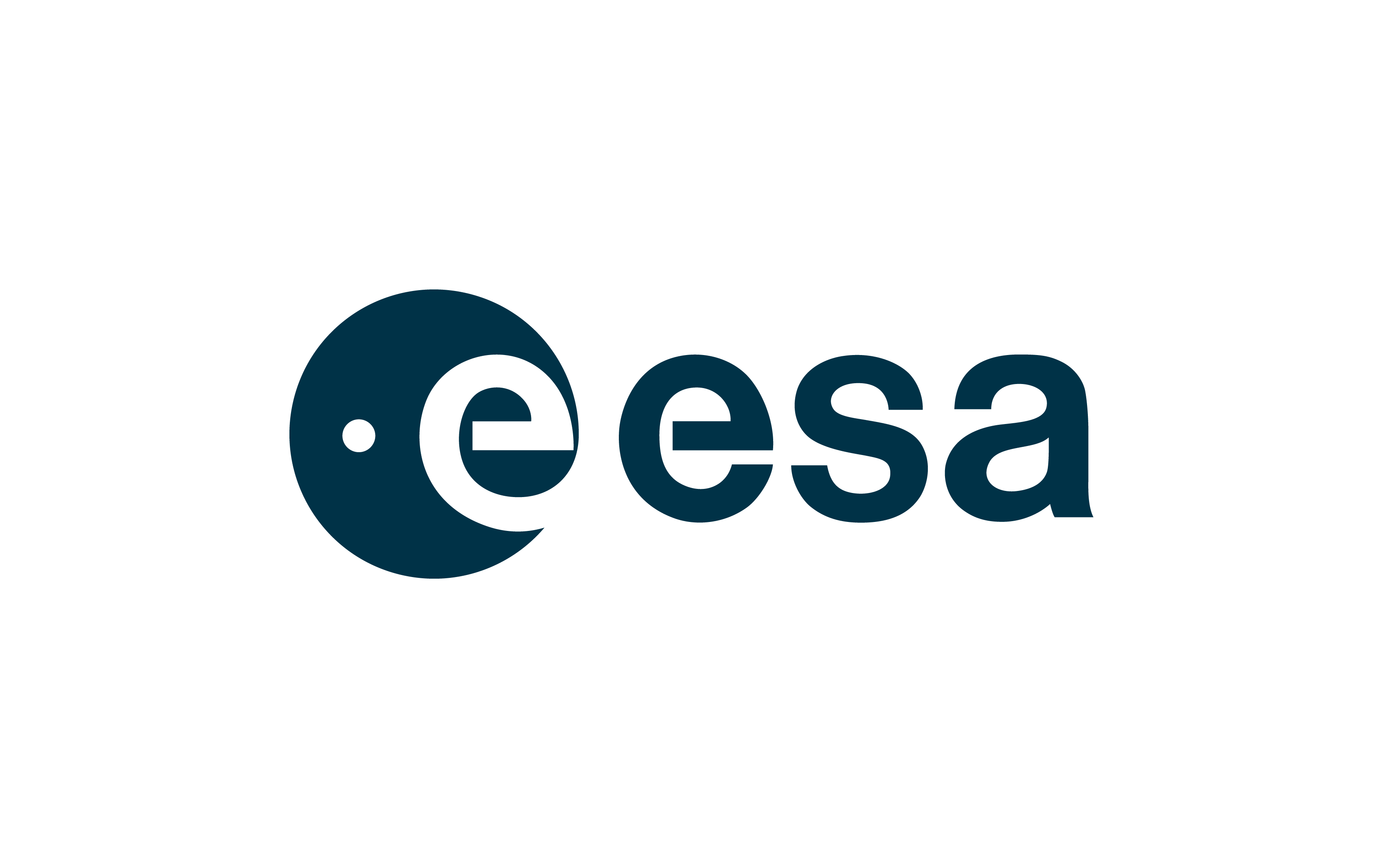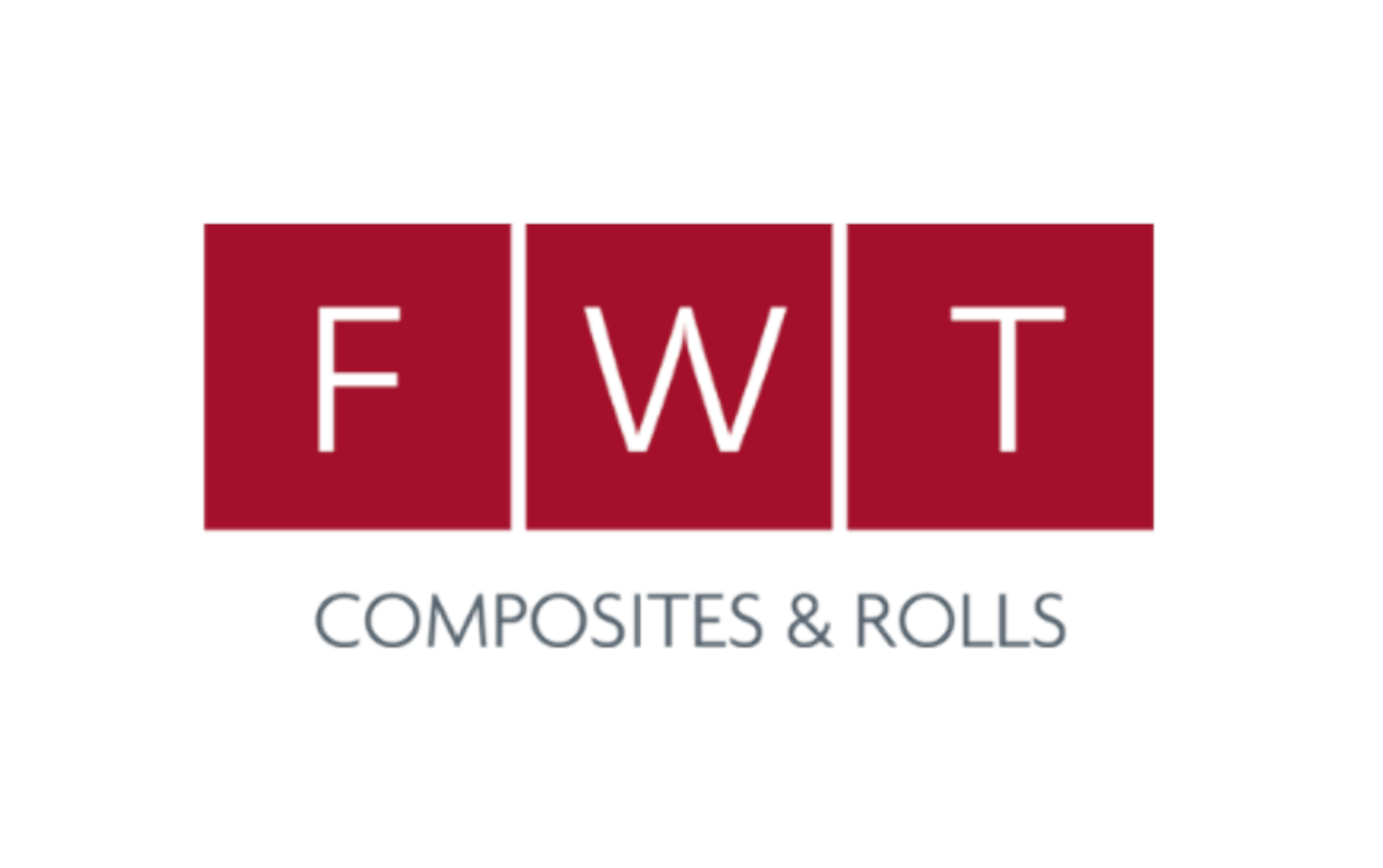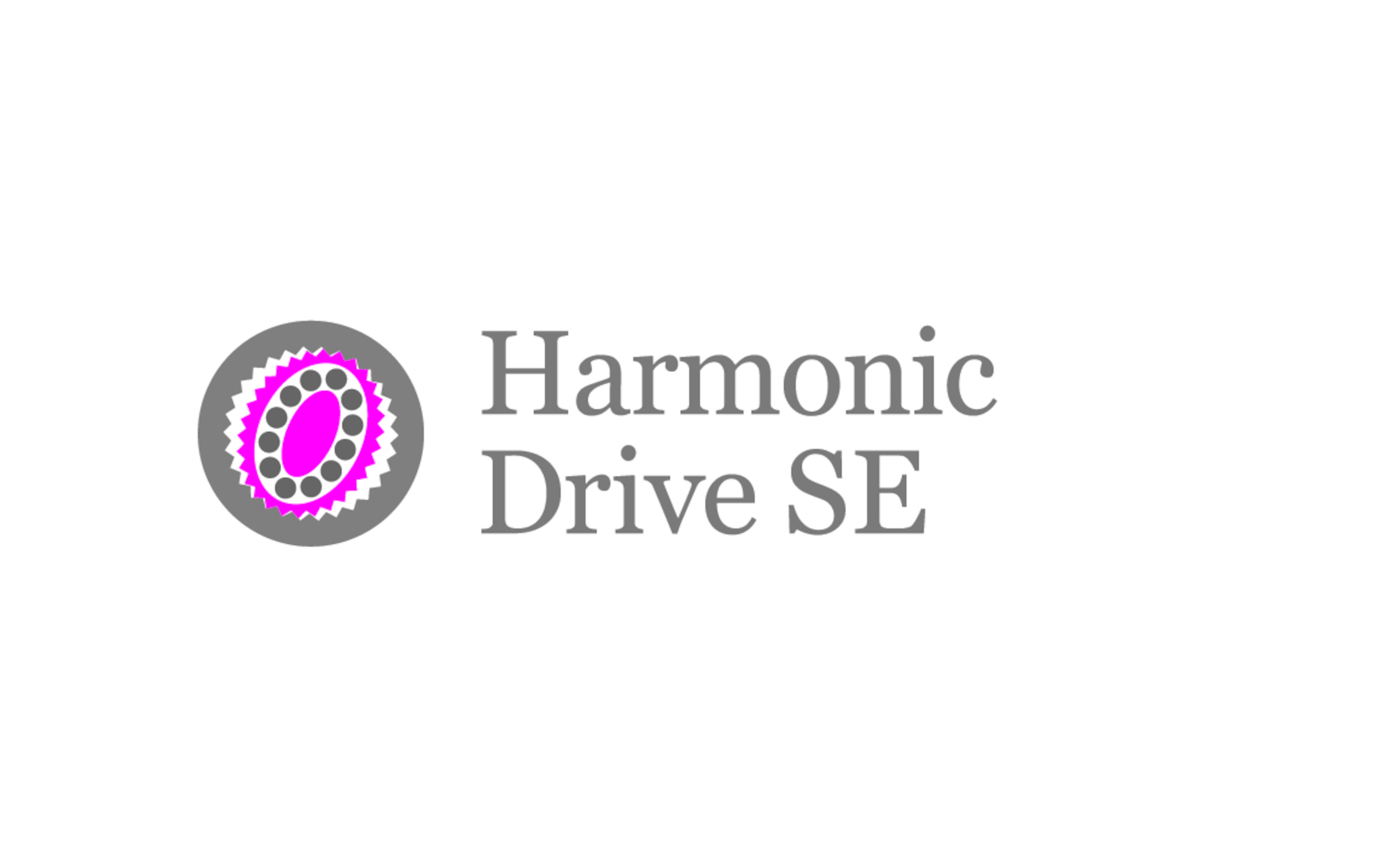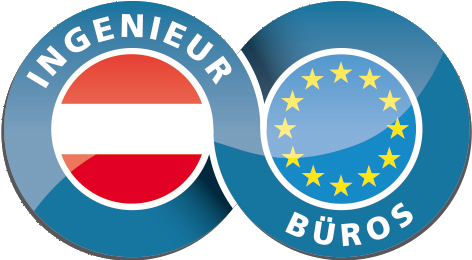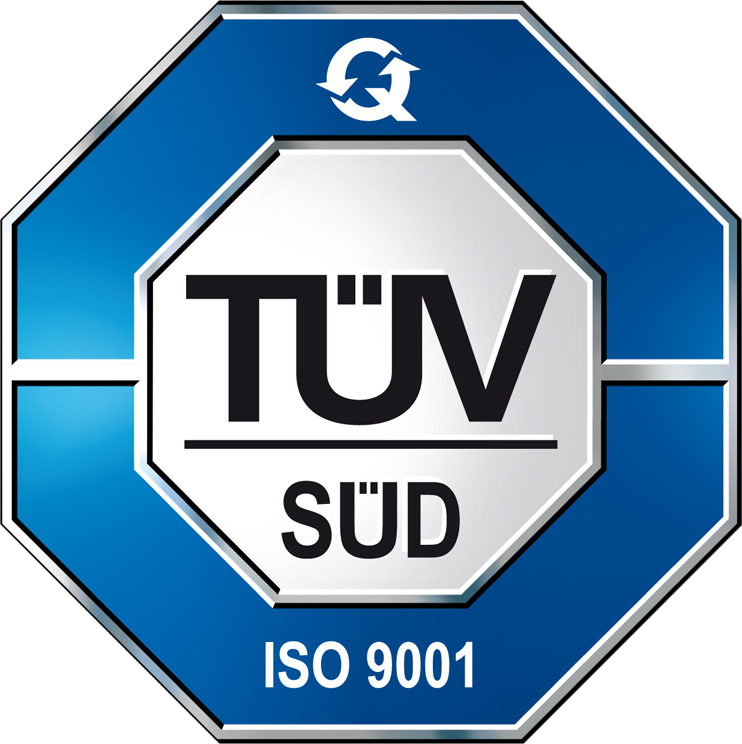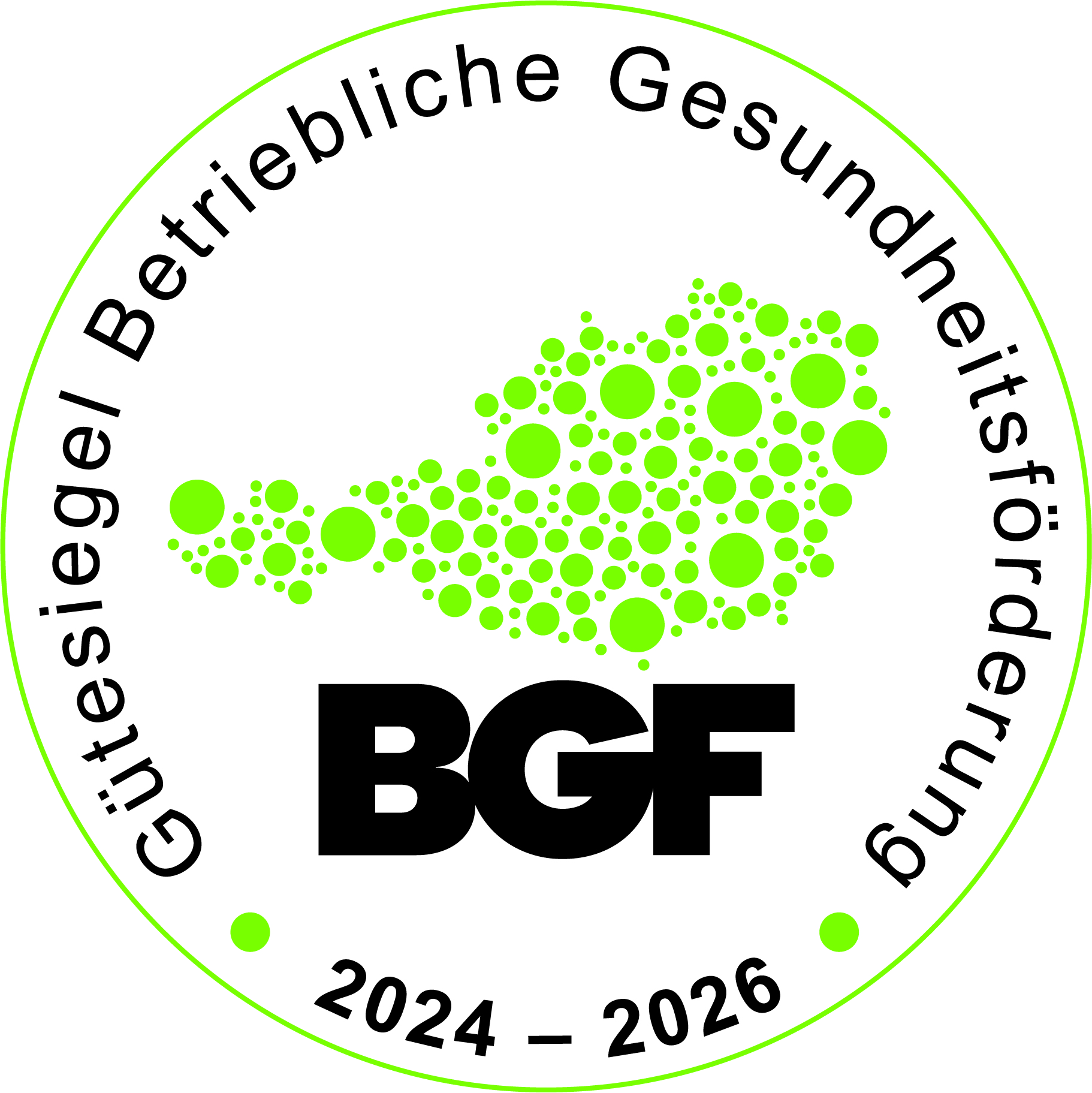CONSULTING
TESTING
DEVELOPMENT
RESEARCH
Tribological Tests for energy
Dry Friction, Fretting wear, Slip rings, Cold welding for energy (ITER)
Tribology for energy may also require extreme environments. Supply chains for LNG (Liquid Natural Gas) require at least fully dry and clean environment (gaseous), but may additionally require low temperatures (liquid). This may cover ball bearings exposed to the methane gas. As for space, tribological performance differs from that in ambient. Herein, primarily the missing humidity has to be considered, which e.g. rules out the use of coatings like DLC. Hence, selection of material and lubricants in tribological contacts cannot be extrapolated from terrestrial approaches. An upcoming issue towards renewable energy is transport of hydrogen gas. It imposes new requirements to the sliding contact materials used in gas transport, like in valves or compressors.
AAC has applied its expertise in cold welding also to dovetail connections being in use for heavy rotors like e.g. in electric generators. Herein, small motions may occur during operation which cause wear.
One of future energy sources is seen in nuclear fusion. Electrical power plants based on fusion technology are close to space: vacuum and in many locations (very) low temperatures (super conducting coils). AAC has already performed friction tests and cold welding tests for related demonstration projects like Wendelstein or for ITER. In contrast to space, even more stringent requirements to materials limit the selectable materials.
AAC runs a wide set of tribological test devices offering time and cost efficient validation starting on material level e.g. vacuum tribometer, cryo-tribometer, cold welding / fretting test facility. Tests on component or sub-component level cover ball bearing, journal bearing test, gears and slip rings are available. Performance can be validated by properties like friction, wear, electrical contact resistance, stiffness and transmission accuracy for gears, and finally endurance (life time).

